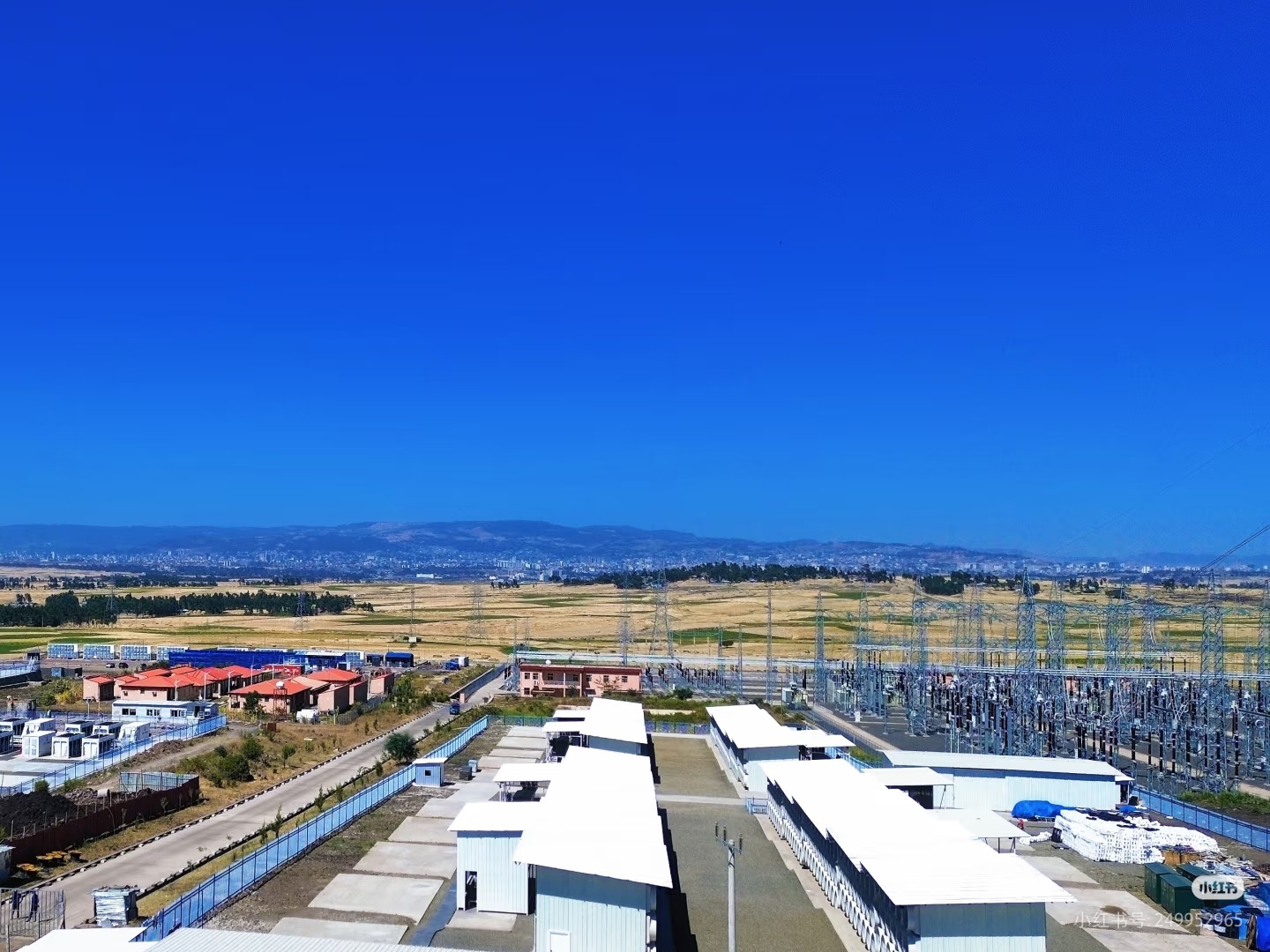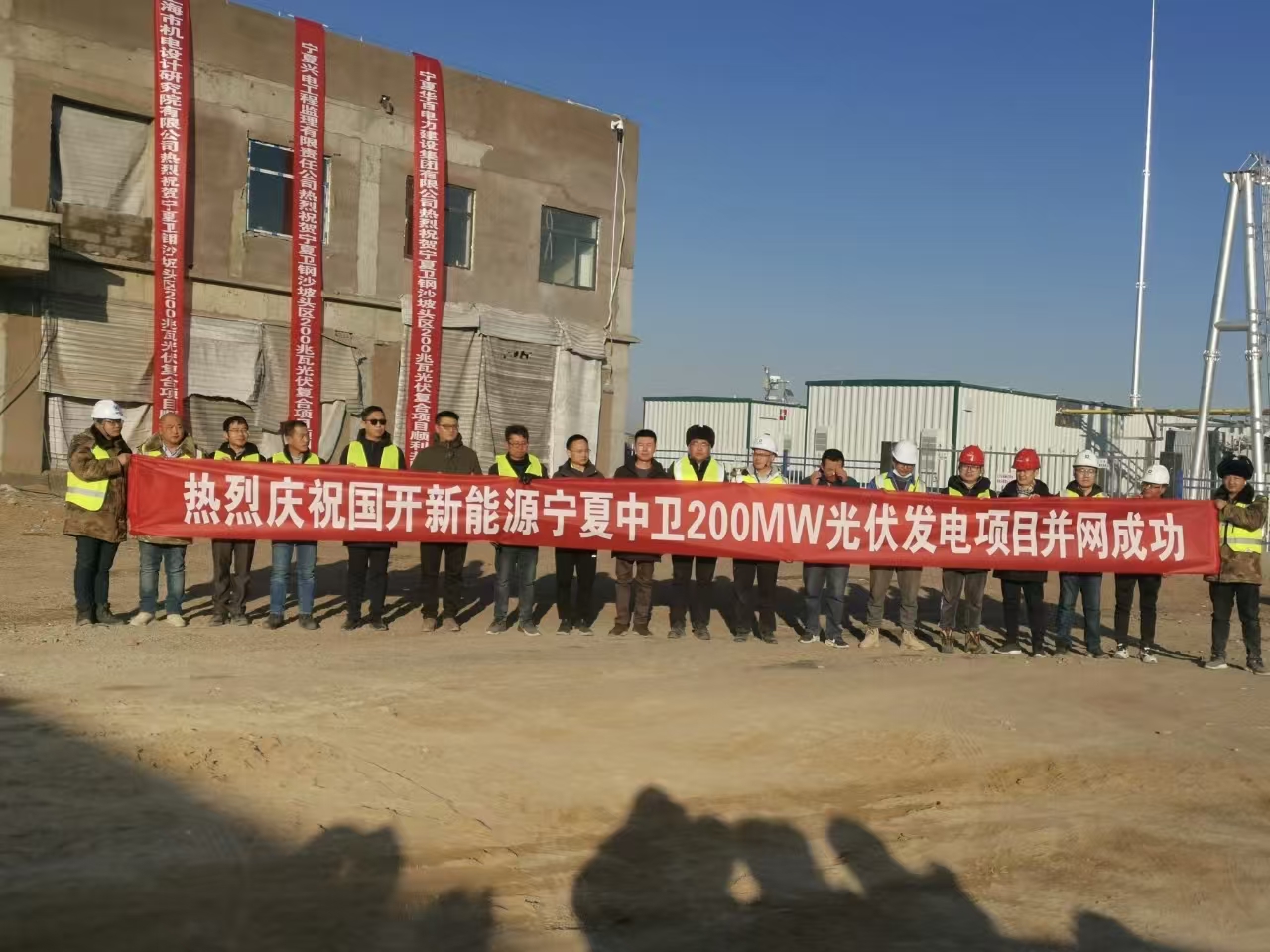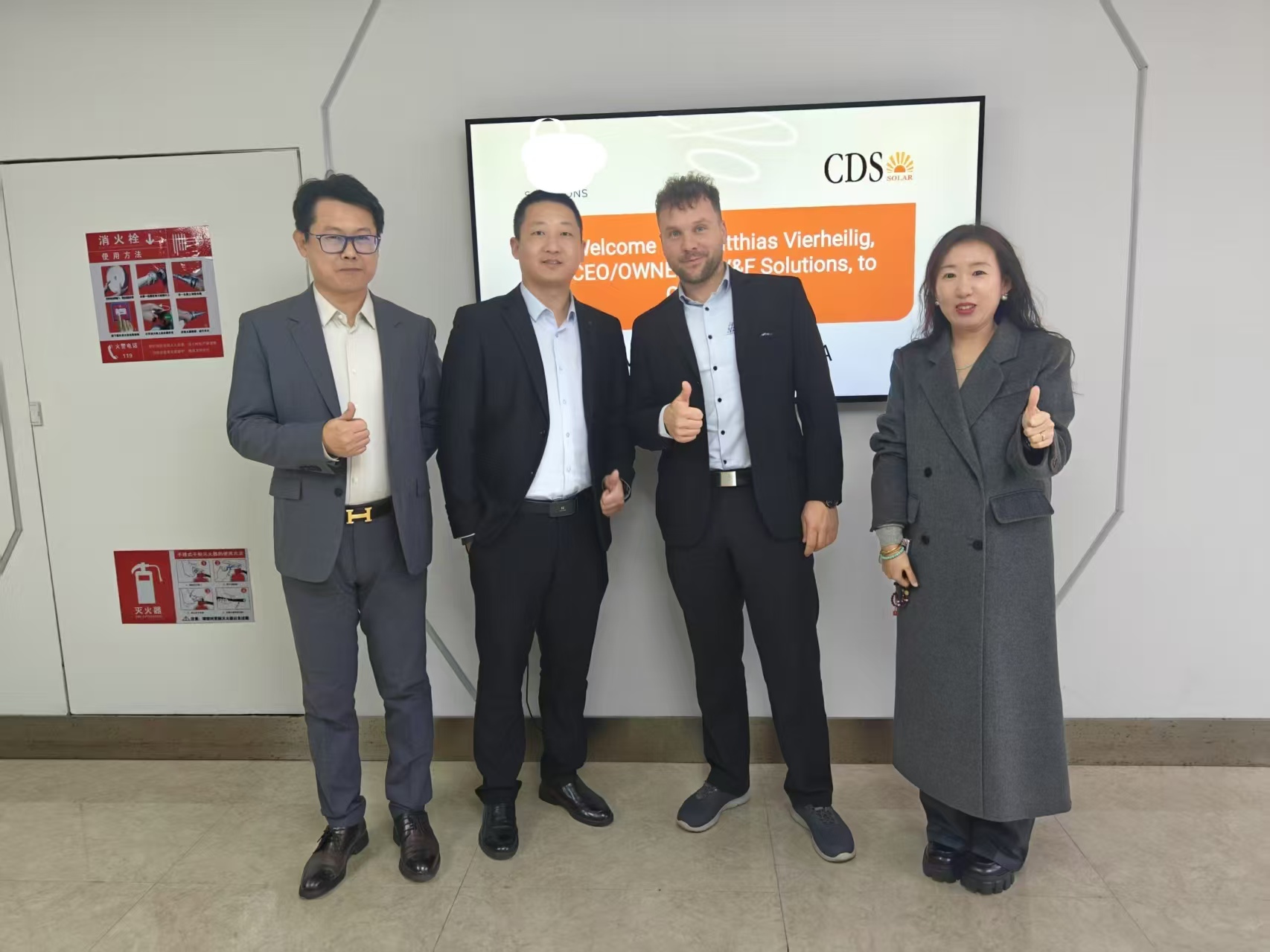1 project background:
In recent years, Japan’s electric car market has grown rapidly and construction demand for charging facilities is rising day by day. The purpose of this project is to construct a 66 kW photovoltaic power intercepting charge pile project to promote the popularization and development of the coupling between photovoltaic storage energy and smart charging piles to meet the charging demands of remote and power-supply regions.
- Project round up
This project is located in 614-1, Komuro, Minami Adachi, Kita Adachi, Saitama Prefecture, and the total facility capacity is 66 kWp. The project mainly includes parts such as construction of a charging pile body, deployment of a storage system, construction of a photovoltaic stand, installation of intelligence monitoring and management system.

Fig. 1 distributing load distribution boards and total power to three charging piles
- Technical plan
1) the charging pile body: the high efficiency and stable charging equipment are selected, and the quick charging function is supported, and the charging demand of different kinds of car is fulfilled.
(2) storage system: large capacity storage battery is arranged, and stable power output is provided at the time of power supply shortage, and the normal operation of the charging pile can be ensured.
3) intelligent monitoring and management system: remote monitoring and management are realized through the Internet technology of the thing, and monitoring information such as the operation state of the charging pile and the situation of electric power use in real time, and the operation efficiency is raised.

Figure 2 Transformer: inverter output 3 phase 400V, 3 phase 400V voltage down transformer, and change to 3 phase 200V voltage usable in Japan

The inverter is connected to the photovoltaic and the battery and supplies power to the load in accordance with the photovoltaic priority logic in the separation mode, and simultaneously supplies power from the photovoltaic and battery power when the photovoltaic power is not sufficient.
If the photovoltaic power is insufficient and does not generate power, the DC power of the energy storage cell is converted to AC power through the inverter to provide power to the load
4, project features
Network operation: this project adopts a network charging technique and solves the unstable problem of remote power supply without depending on the power supply of the external power grid.
High efficiency stability: charging piles employ high efficiency, stable charging facilities, and ensure rapid and safe charging processes.
Intelligent management: through intelligent monitoring and management system, remote monitoring and management of the charging pile were realized, and the operation efficiency and management level were enhanced.
- Effect of implementation
This project provides convenient and reliable charging services for local electric vehicle users, effectively promoting the spread and development of electric vehicles. At the same time, the construction of the intercepting charge pile provides new concepts and directions for the development and utilization of local renewable energy, and it helps to promote the development of the green low carbon transfer system.






